This is the third article in a series comparing “clean eating” with other diet philosophies. I’ve already compared clean eating with paleo and keto. In this blog, I’ll be continuing the series with clean eating vs weight watchers. You can use the list above to navigate to other articles in this series.
As with all of the articles in this series, the intent here isn’t to sell anyone on the 90/10 system over other philosophies or systems. I’ll mostly write generally about clean eating and not specifically about our unique brand of it. I am certainly a fan of just eating “real food”, and that’s why I often use the term “clean eating” and recommend a version of it on this site. But, the intent of this writing is to simply give a side-by-side comparison of clean eating vs. weight watchers so that you can understand the differences.
Defining Clean Eating
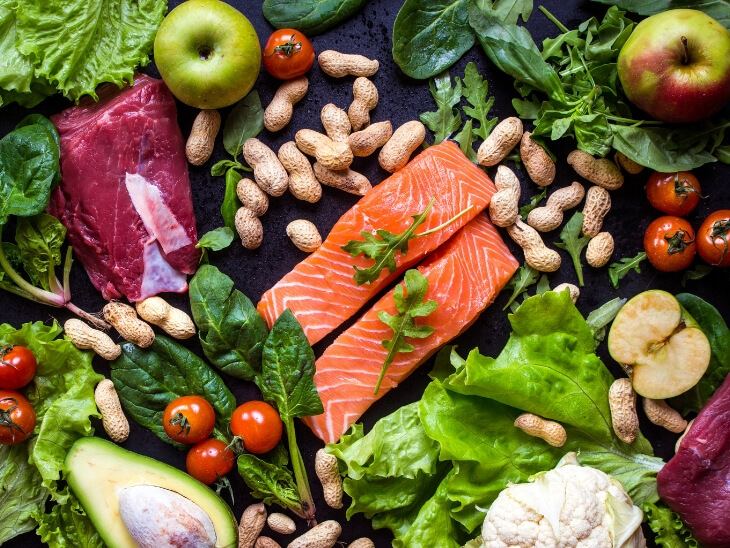
If you’ve read any of the other articles in this series, you can skip this part since I define it each time. I have chosen to define it in each article because I know many readers come straight from a search engine and need this blog to stand alone for ease of use.
A simple and broad definition of clean eating is something like this:
“Eat foods in a state as close to their natural state as possible. Refined grains, refined sugars, overly-processed foods and artificial ingredients are avoided or minimized.”
The main focus of clean eating is on ingredients rather than macronutrients such as carbohydrates, fats, proteins, and calories. The goal of clean eating is essentially to eat real, whole foods. In general, foods are only off limits if they are processed to a point that they are no longer whole, natural foods.
You’ll find most of the foods that fit into a clean eating philosophy around the perimeter of the grocery store. Here you’ll find foods with only one ingredient like “banana” and “salmon”. If you purchase packaged foods with an ingredients label, you read the ingredients and watch for anything that isn’t something you recognize as actual food.
In most cases, food groups such as grains and dairy are not completely cut out of clean eating programs. Also, macronutrients (carbs, fat, protein, calories) are not usually limited. So, you won’t usually see a clean eating program recommending that you avoid carbohydrates or saturated fats, as examples.
Defining The Weight Watchers Diet
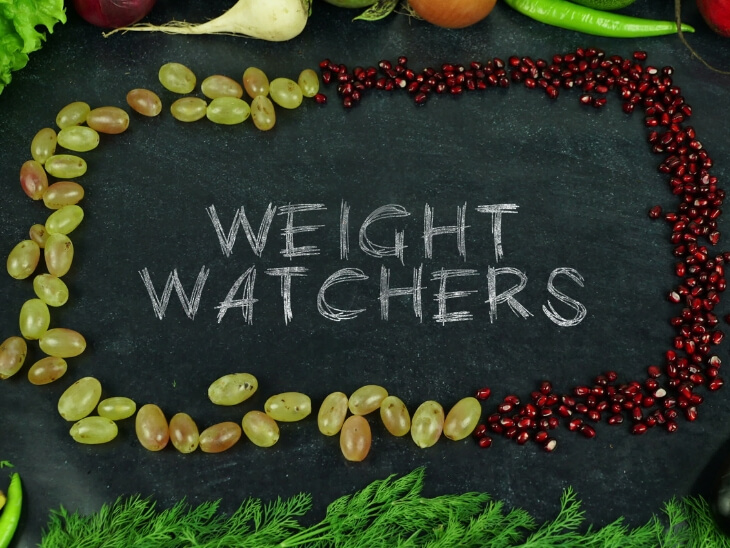
Next, in this comparison of clean eating vs weight watchers, let’s run through a general overview of the weight watchers diet.
Weight watchers, like keto, is built mostly on a macronutrient concept rather than an ingredient concept. However, the mactronutrient focus is quite a bit different than keto and is built around a points system.
The weight watchers system assigns points values to various foods and then gives each participant a maximum (or goal) point value for the day. There are no off limits foods on Weight Watchers, but foods that are deemed less nutritious have higher point values. So, processed and packaged foods are allowed on the program within the limits of your daily points.
Weight Watchers Over The Years
Weight watchers has had various system changes over the years. I won’t go into extreme detail here, but here is a summary:
- In the early 60s, when the company was first started, the system was more of a list of rules and foods to eat or avoid (not a points system). This article gives an idea of what it was like back then. That original system was actually closer to clean eating than the current system in that it simply had you eat certain foods it considered nutritious and avoid foods it considered less nutritious. As with the current Weight Watchers system though, there was a focus on lower calorie and lower fat foods. For example, avocados were on the list of foods to avoid alongside things like candy and muffins.
- In 1997, the first point system was introduced. Foods were assigned a point value and participants were given a daily point limit. Participants tracked their food intake to make sure they stayed within their point limit. Fattier foods and higher calorie foods had higher point values, while leaner and lower calorie foods had lower point values. Foods that were previously on the list of foods to avoid were now part of the plan as long as you stayed inside your point limit.
- Over the next few years, the points system remained at the heart of the program with various tweaks. At some point, the option to earn extra points by exercising was added to the plan.
- Around 2004, they introduced something called the Turn Around Program. This program allowed you to choose between the “Core” or “Flex” options. The Core option seems as though it was a throwback to the original program since it simply had you eat foods from a list of allowed items and avoid foods from another list without the need to count points. The Flex option was still just a points system with no foods being off limits as long as you stay within your point allotment. The Core program was eliminated in 2009.
- In 2012, Weight Watchers launched the PointsPlus system where the point values of various foods were based on the carbohydrates, protein, fat, and fiber in each food. You can find various calculators online (like this one) that allow you to calculate the number of points you would get in a day and the value of various foods if you have the four macronutrients required.
- In 2015, they began transitioning to the SmartPoints system which is still part of the current system. This is a big change from the PointsPlus system in that point values are now calculated based first on calories and then on protein, sugar, and saturated fat. The protein content can lower the point value, while the sugar and saturated fat content can increase the point value.
- In 2018, Weight Watchers officially dropped their full name in favor of just “WW”.
The Current Weight Watchers System
As of the time of this writing, the current weight watchers system is known as “WW Freestyle”. The system still utilizes the SmartPoints system for assigning points values to foods. However, there is also a large list of “zero point” foods. In this system, you get fewer overall points for your daily allotment, but you can eat as much as you want from the list of zero point foods.
You can use your allowance of SmartPoints for any foods you wish including processed foods and fast food.
There are also allowances for rolling over unused points to the next day and a weekly extra allowance of points that can be used as necessary.
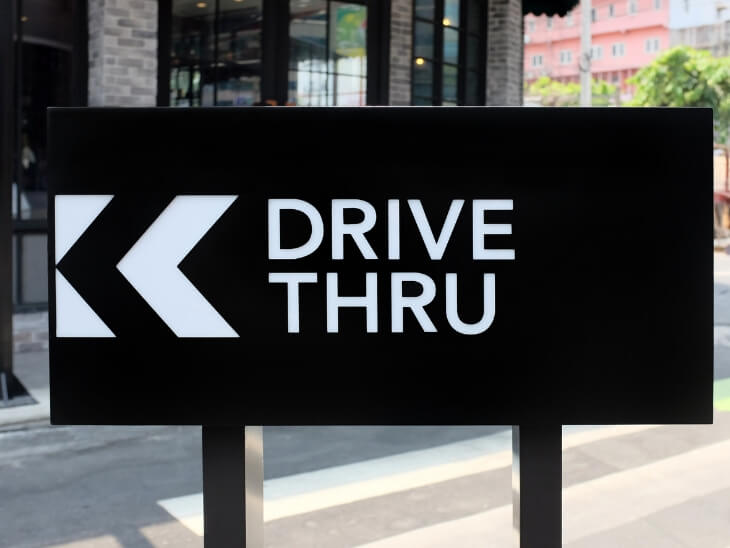
The Biggest Difference
The major difference with clean eating vs Weight Watchers is that clean eating promotes eliminating processed foods as part of your daily intake altogether. On most programs, processed foods, fast food, and sweets are reserved for special occasions as a planned, conscious exception.
On the Weight Watchers plan, you can theoretically eat processed foods every single day and still stay within the guidelines of the plan. In fact, while you will end up eating less total food and might find yourself very hungry, you could eat fast food fairly often and still be within your points allowance.
At its core, Weight Watchers is focused on creating a calorie deficit to lose or maintain weight while clean eating is not.
Summary of Clean Eating VS Weight Watchers
Clean eating focuses on ingredients and eating food in a natural state (or as close as possible). It does not typically restrict macronutrient ratios or entire food groups, but does restrict overly processed foods such as refined sugars and enriched grains.
The Weight Watchers diet assigns point values to foods based on certain macronutrients (saturated fat, calories, sugar, and protein) and simply limits your total points consumed per day. There are no foods or food groups that are completely off limits.
It is possible to do both Weight Watchers and clean eating by eating whole foods as well as staying within your point allotment for the day. However, some foods that would be considered healthy and even preferred on a clean eating diet may use up a lot of your points (e.g. avocados).
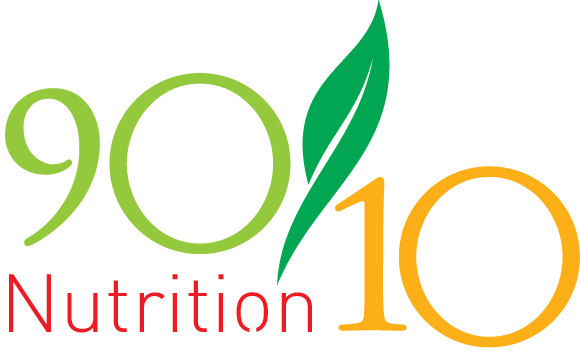

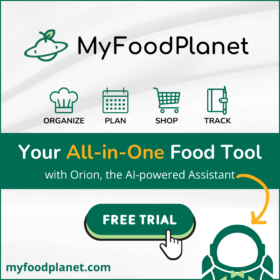
Comments (0)